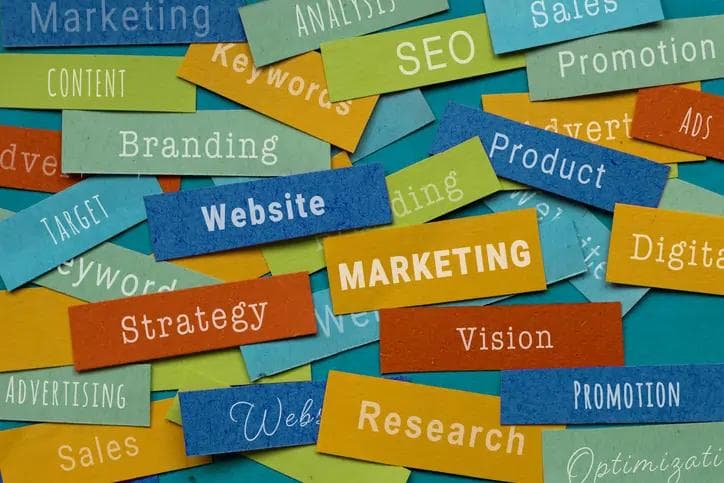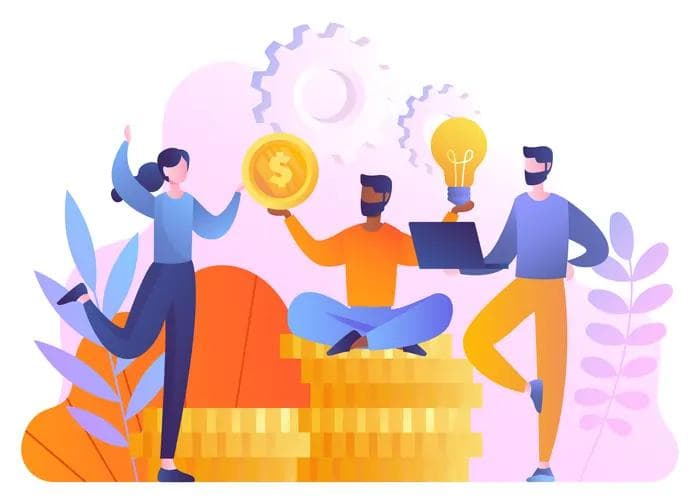Corporate Learning as a Catalyst: Unlocking ROI Through Employee Development
Corporate Learning as a Catalyst: Unlocking ROI Through Employee Development
Published by Wanda Rich
Posted on June 2, 2025

Published by Wanda Rich
Posted on June 2, 2025

Source: Unsplash
When it comes to businesses today, one thing is clear - your people matter. It’s not enough to just hire good people; you need to help them grow, and that is where corporate education comes in.
Corporate learning and education are not just a bonus for your business; they represent an innovative strategy that helps businesses grow and maintain a competitive edge. Companies that invest in learning exhibit greater creativity, lower employee turnover, and increased productivity. In other words, corporate learning results in better outcomes, so we’ll explore the reasons behind this.
Corporate Learning as a Growth Strategy
Let’s start with understanding corporate learning and why it is a good growth strategy. Simply put, corporate learning refers to providing your employees with opportunities to acquire new knowledge or enhance their existing skills. This can range from technical training to various leadership programs, as well as soft skills development and onboarding.
The goal is simple: help your employees become better at what they do.
According to various reports, including one from LinkedIn, 94% of employees say they’d stay at a company longer if it invested in their career development. That’s a big deal, especially when replacing an employee can be very expensive and might set the company back a few steps.
Boosting Productivity with Learning
One of the most apparent benefits of corporate learning is better performance. When employees participate in training, they become more confident in their decisions and are more productive in the long run. They make fewer mistakes while learning how to deal with the ones that do slip up.
For example, if an employee focuses on training on digital tools, it can help them do tasks more efficiently and with fewer errors. Sales training can help teams close more deals and with bigger clients. One thing is for sure - when employees know what they are doing, the company grows.
Training also helps companies build flexible teams. Cross-training employees to do different roles means your team can step in when someone is out of the office for whatever reason. This helps save time, reduces stress, and enhances the overall efficiency of your business.
Keeping Your Best People
Sometimes, a lot of money is lost when employees leave. Hiring new employees can be quite costly, as it involves training them and compensating for missed time. This is where growth programs come in to save the day.
Employees want to grow, and if they see you are willing to invest in their growth, they are more likely to stay. Additionally, your company performs better the longer its top performers remain.
What Types of Learning Work Best?
Not all training programs are the same. The difference lies in how they align with your company's goals, as well as the employee's skill set. Here are some programs that are worth checking out:
1. Leadership Training
Great leaders build great teams, which in turn lead to better results. Leadership programs help teach managers how to lead, coordinate, and organise their team more efficiently. This enables managers to focus on effective communication and informed decision-making.
2. Technical and Skill Training
This covers everything from project management to digital marketing and coding. Encouraging others to perform particular activities more effectively strengthens your company as a whole.
3. Soft Skills
Tech skills are crucial, but so are soft skills like teamwork, communication, and flexibility. They promote better teamwork, problem-solving, and adaptability.
These are examples of good places to start investing in employee growth. The truth is, most of these depend on your employee and their general skill set.
Success Stories: Real Results from Corporate Learning
Let's take a look at some of the bigger names that are doing it right when it comes to corporate learning.
Amazon invested a significant amount of funds in employee upskilling programs. This helped them fill high-skill roles internally and increase employee satisfaction.
Google runs multiple development initiatives, including the popular 'g2g' (Googler-to-Googler) program, where employees teach each other. This peer-driven approach keeps learning engaging and continuous.
Microsoft, under the leadership of CEO Satya Nadella, has transformed its culture from a "know-it-all" to a "learn-it-all" mindset. This shift emphasizes continuous learning and growth, supported by platforms like Microsoft Learn, which gives employees access to resources to develop new skills and adapt to evolving technologies
These companies demonstrate that emphasizing employee growth fosters creativity and drives business success, while also enhancing individual performance.
Conclusion: Learning Is a Smart Investment
Corporate learning isn’t just a cost - it’s an investment that pays off in real ways. Better performance, happier employees, and stronger teams all come from well-planned learning programs.
Businesses grow more quickly and perform better when they make learning an essential part of their company strategy. It is crucial to invest in your employees in the competitive business market.
It is the companies that support their teams' learning now that will be successful tomorrow, so don't wait up. There's no better time than now to invest in your employees' growth, which will ultimately yield a better return on investment (ROI).
Explore more articles in the Business category











